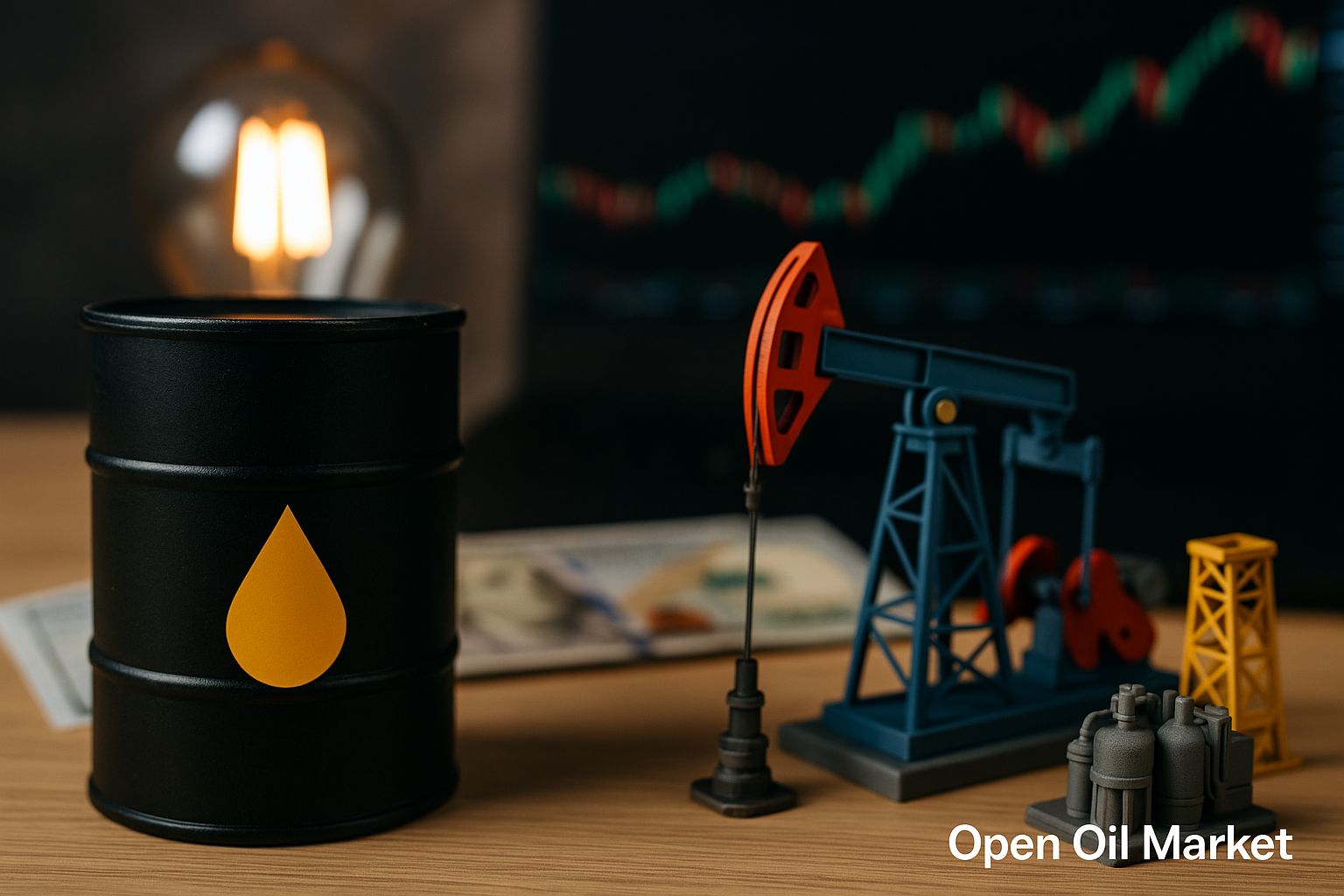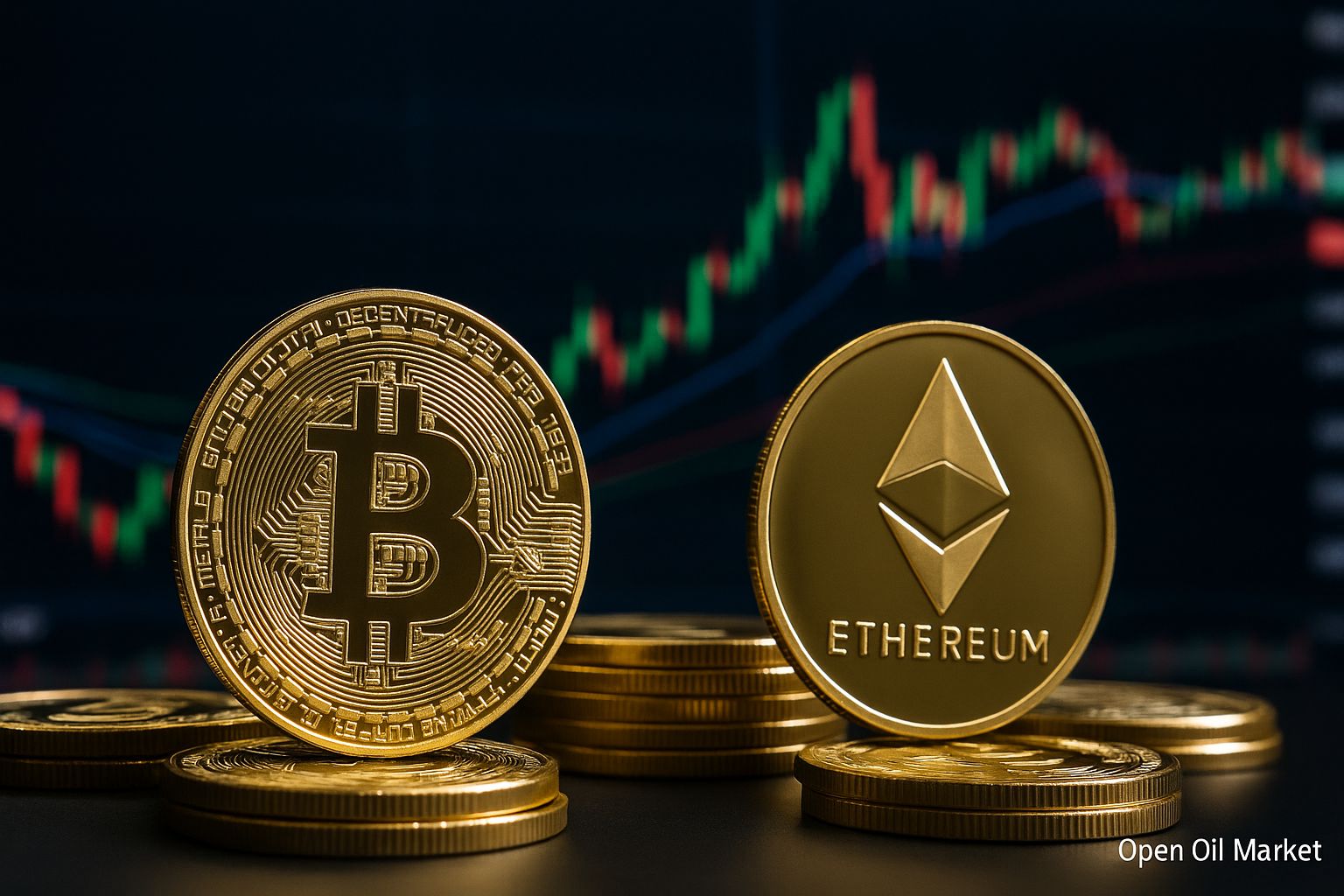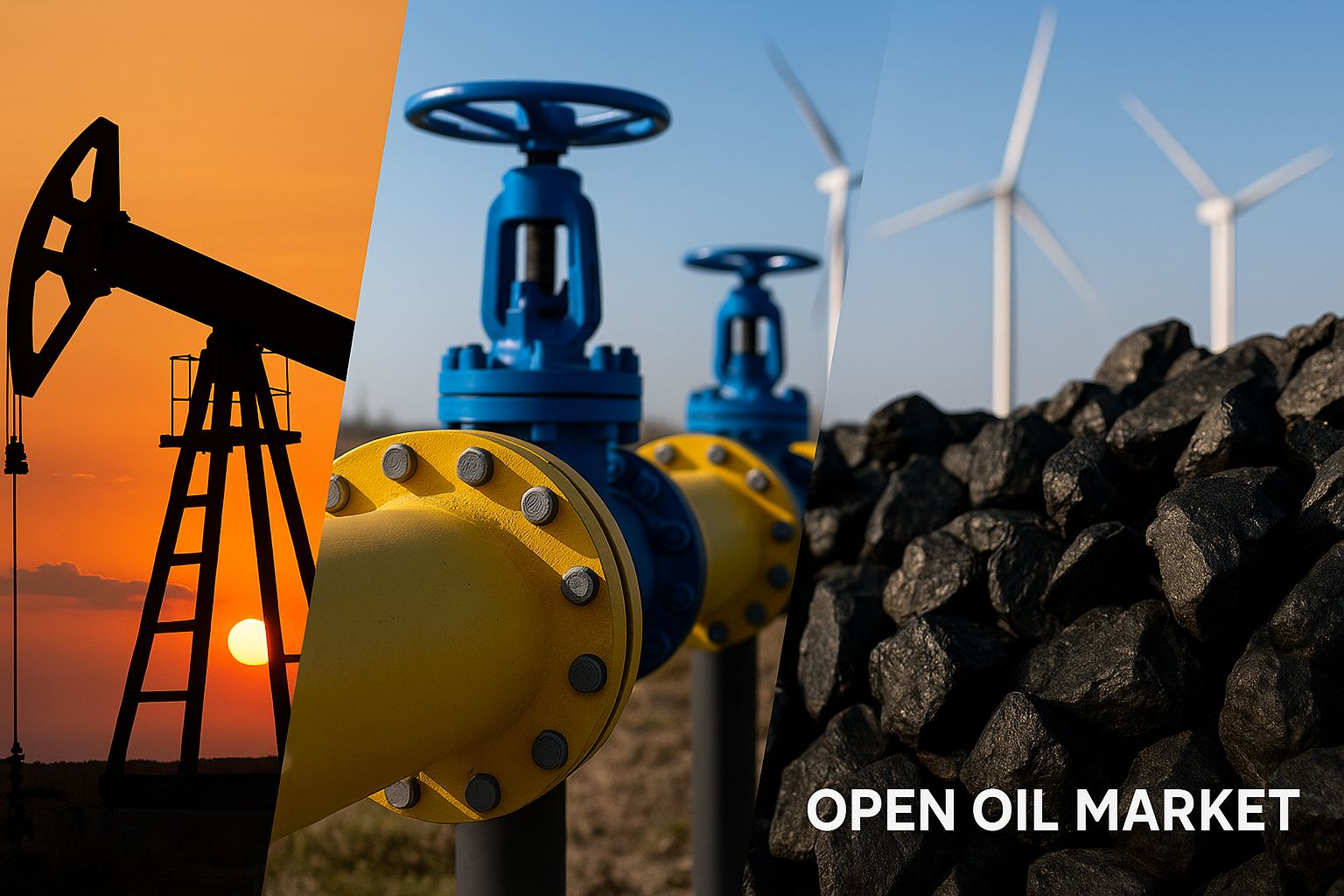
Current Energy Market News as of October 30, 2025: Increased Sanctions Against Russia, OPEC+ Production Growth, Oil, Gas, and Coal Market Conditions, Measures to Stabilize Fuel Prices in Russia
Current events in the fuel and energy complex (FEC) as of October 30, 2025, highlight a mix of divergent trends. The United States has intensified its sanctions against the Russian oil sector, implementing new restrictions on the largest oil companies in Russia, thereby escalating geopolitical tensions. Concurrently, leading global oil producers continue to increase supply: the OPEC+ alliance is gradually raising production quotas, aiming to reclaim lost market share. Amid these developments, the global oil market remains under pressure from oversupply coupled with moderate demand—Brent crude prices hover around the mid-$60 mark per barrel, reflecting a fragile balance of factors. Nevertheless, recent news of sanctions prompted a brief spike in prices above $66, illustrating the market's sensitivity to geopolitical risks. The European gas market shows relative resilience: underground gas storage in the EU is filled to over 85%, providing a buffer ahead of the winter season and keeping prices at a moderate level. Meanwhile, the global energy transition is gaining momentum—many regions are setting new records for generation from renewable energy sources; however, for the reliability of energy systems, countries have yet to completely abandon traditional resources. Following a recent fuel crisis, Russian authorities continue to implement measures to stabilize the domestic oil product market—thanks to export restrictions and subsidies, wholesale prices have been contained, preventing gasoline shortages.
Oil Market: Oversupply and Weak Demand Pressure Prices
Global oil prices remain under pressure due to an oversupply against muted demand. The North Sea Brent blend is trading around $65 per barrel, while U.S. West Texas Intermediate (WTI) is at approximately $61, which is about 10-15% lower than a year ago. Several factors define the situation:
- OPEC+ Production Increase. The alliance is steadily increasing supply in the market: in October, quotas were raised by approximately 137,000 barrels per day (bpd), with a similar step expected in November. Since April, eight OPEC+ countries have collectively increased production by about 2.7 million barrels per day, leading to a rise in global oil and petroleum product inventories.
- Slowdown in Demand Growth. Oil consumption is increasing at a much slower rate compared to previous years. The International Energy Agency (IEA) forecasts a demand growth of only around +0.7 million bpd in 2025 (compared to over 2 million bpd in 2023). Contributing factors include a slowdown in the global economy, the impact of previously high prices (which stimulated energy conservation), and structural shifts—such as the accelerated adoption of electric vehicles. The weakening industrial growth in China also limits the appetite of the world's second-largest oil consumer.
- Geopolitical Factors. The intensification of sanctions against Russia is constraining part of its exports—recent new restrictions from the U.S. on Russian oil companies triggered a brief price spike above $66, underscoring the influence of political risks. At the same time, the lack of progress in U.S.-Russia dialogue maintains uncertainty. As a result, prices remain in a narrow range without a clear impetus for either growth or decline.
Collectively, supply exceeds demand, preventing prices from rising significantly. Some analysts believe that if current trends persist, the average Brent price could dip to $50 per barrel by 2026.
Gas Market: Europe Almost Fully Stocks Gas, Prices Stable
The focus of the gas market is on Europe, which is completing preparations for winter. By the end of October, EU underground gas storage is nearly 90% full, providing a solid buffer in the event of cold weather. Exchange prices for gas remain at moderate levels: futures on the TTF hub trade around €30/MWh (approximately $380 per 1,000 cubic meters), which is significantly lower than last year's levels.
The high inventory levels have been made possible by record liquefied natural gas (LNG) imports, compensating for reduced pipeline supplies from Russia and other traditional sources. LNG now constitutes about half of the EU's gas supply, with the United States being the main supplier. The European market appears balanced, although the increased dependence on LNG makes it vulnerable to external factors—such as competition for gas from Asia. Currently, the situation is favorable for European consumers: storage facilities are full, and prices remain relatively low as winter approaches.
International Politics: Escalating Sanction Confrontation, Dialogue Stalled
The sanctions confrontation between the West and Russia has escalated at the end of October. The U.S. has imposed new restrictions on the Russian oil sector, effectively banning cooperation with two of Russia's largest oil companies. Moscow condemned this move, stating its readiness to redirect exports to friendly countries and take retaliatory measures to protect its interests.
Meanwhile, political dialogue remains stalled. Following the summer meeting of the leaders of Russia and the U.S. in Alaska, no progress has been made: Washington has no intention of easing sanctions without resolving the conflict, while Moscow refuses to change its position under pressure. Even radical new measures are being discussed, underscoring the rigidity of the West's approach.
Thus, the sanction pressure on the energy sector is intensifying in the absence of diplomatic breakthroughs, keeping high geopolitical risks for the FEC market.
Asia: India and China Increase Imports While Supporting Domestic Production
The largest Asian consumers—India and China—continue to actively procure energy resources while striving to develop domestic production. New Delhi has made it clear that it cannot sharply reduce imports of Russian oil and gas without jeopardizing energy security. As a result, Moscow is offering favorable terms to Indian buyers (discounts on Urals crude compared to Brent), and India's imports of oil and petroleum products from Russia remain high. Concurrently, India is investing in exploration and production on its territory to gradually reduce reliance on external supplies.
China is also taking advantage of the situation, increasing purchases of inexpensive Russian raw materials—Beijing has not joined Western sanctions and is benefiting from price discounts on oil and gas from Russia. China's imports of oil and gas in 2025 remain near record levels, though growth has slowed due to a high base from the previous year. National oil and gas production in China is gradually increasing (a few percent growth per year), partially offsetting demand, but not eliminating significant dependence on imports. Estimates indicate that China still covers about 70% of its oil needs and around 40% of its gas needs through imports. Therefore, India and China continue to play key roles in the global commodity market as the largest consumers and importers of energy resources while pursuing efforts to develop their own resource base.
Coal: Demand in Asia Remains High, Prices Stable
Despite the rapid growth of renewable energy sources (RES), global coal consumption remains high, particularly in Asia. China and India continue to burn massive amounts of coal for electricity generation, supporting demand. Major exporters (Indonesia, Australia, Russia, South Africa) have increased production, which helps maintain coal prices within a stable moderate range.
Russian Oil Product Market: Domestic Measures Stabilize Prices
In the Russian domestic fuel market, steps to normalize prices continue following a recent surge in demand. The primary measure implemented was a temporary ban on gasoline and diesel exports, extended until the end of September, which increased the supply of fuel within the country. In October, restrictions began to be partially lifted for large refineries contingent upon meeting domestic market needs (small producers remain barred from exporting). Simultaneously, the government has intensified controls over fuel distribution following unplanned shutdowns at several refineries (due to accidents and drone attacks during the summer). Producers are instructed to prioritize domestic consumption and prevent speculative resales, while relevant agencies are exploring the transition to direct contracts between refineries and gas station networks, bypassing speculators. Cash compensations—such as price dampeners and subsidies—are also maintained to ensure that oil companies keep more gasoline and diesel available in the domestic market, despite the missed profits from exports.
This comprehensive set of measures is already yielding results. Thanks to the export ban, hundreds of thousands of tons of fuel remain in the country monthly, alleviating the acute shortage. Wholesale prices have stabilized after record peaks, and retail prices at gas stations have increased by only about 5% since the beginning of the year (within inflation rates). The fuel crisis has been contained: fuel stations are adequately supplied, and authorities have stated their readiness to reintroduce export limitations or implement new mechanisms to prevent price spikes if necessary.




